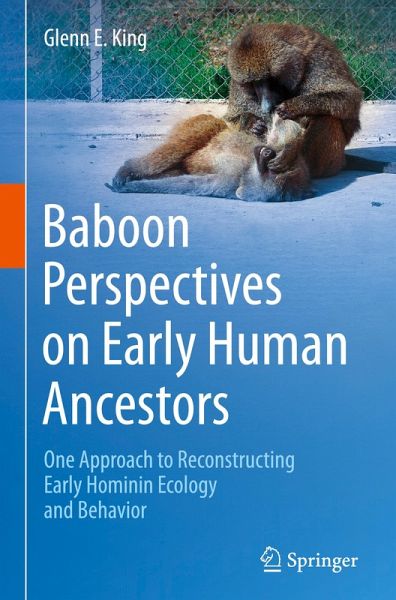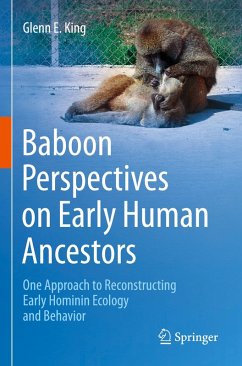
Baboon Perspectives on Early Human Ancestors
One Approach to Reconstructing Early Hominin Ecology and Behavior

PAYBACK Punkte
30 °P sammeln!
Baboon Perspectives on Early Human Ancestors brings together the most recent information on the behavior and ecology of Papio baboons and early hominins. Building on a long tradition and integrating recent developments, it discusses the ways that baboon behavior can enhance our understanding of our early ancestors. This approach augments interpretation of the archeological record and provides hypotheses for the gaps in the record and for the millions of years before the record began. Baboon behavior complements the widely used chimpanzee models, but also generates competing hypotheses. Among t...
Baboon Perspectives on Early Human Ancestors brings together the most recent information on the behavior and ecology of Papio baboons and early hominins. Building on a long tradition and integrating recent developments, it discusses the ways that baboon behavior can enhance our understanding of our early ancestors. This approach augments interpretation of the archeological record and provides hypotheses for the gaps in the record and for the millions of years before the record began. Baboon behavior complements the widely used chimpanzee models, but also generates competing hypotheses. Among the many topics covered in the book are foraging and predator defense; multi-level societies and male-female relationships; social and ecological cognition; and communication and the roots of language.












